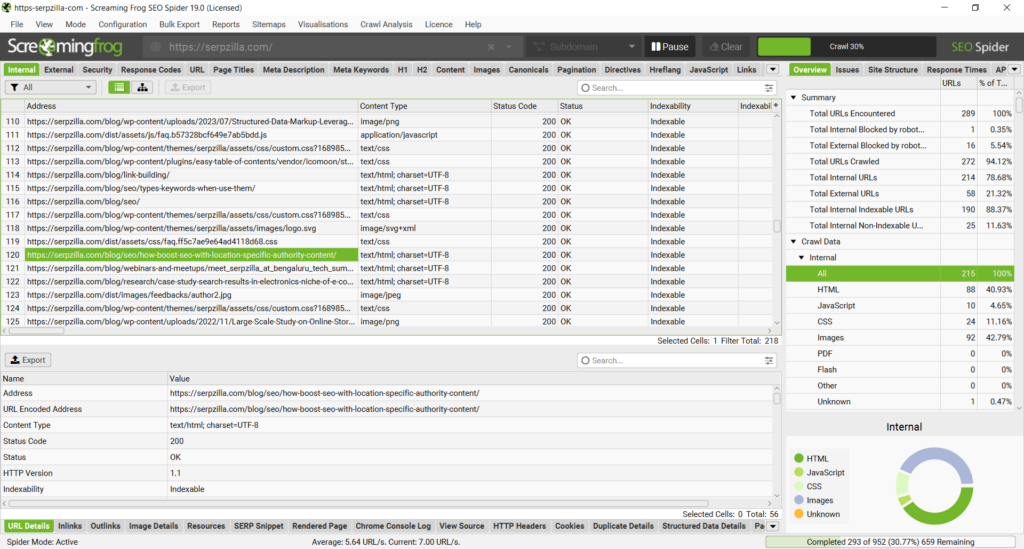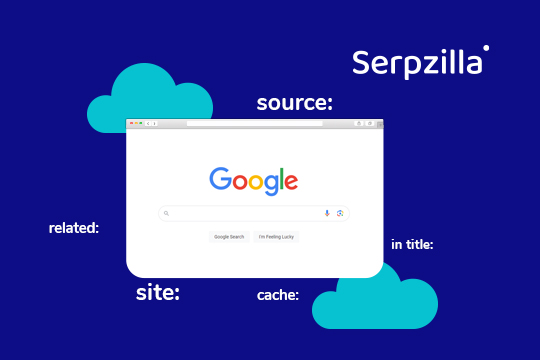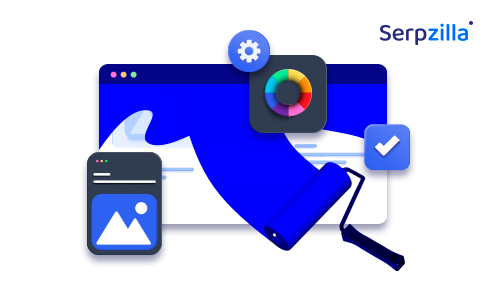SEO is not possible without tools.
You don’t need me to tell you that, right? Whatever your process for SEO, it is futile to try and do data-driven marketing without the help of appropriate tools.
As an SEO – which I assume because you’re reading this – you are probably using a lot of tools, especially the popular ones such as Google Analytics, Google Search Console and even a paid tool suite such as Semrush or Ahrefs.
Most tools that do anything worthwhile are paid. Ahrefs and Semrush are quite pricey so I’ve seen a lot of SEO people pool their money for a subscription or even use “group-buy” sites to use them. I wouldn’t recommend you do this, but it’s certainly better than using free alternatives, which won’t get you far. Free or freemium tools are highly unreliable, but if you’ve got a favorite, by all means continue to use it. I’ll take the same liberty here and introduce you to a few tools that are obscure but have some nifty features.
In this article, we’ll break down the SEO process and discuss the tools that help you at every stage.
Keyword Research
If you’re an SEO specialist – which you probably are, because you’re reading this – then your first step would be to conduct keyword research, put together the semantic core of your website, and divide it into keyword clusters. Based on this, you will shape the information flow and structure of your website.
All this counts as Step 0 in SEO. You should do this before starting any optimization work. Let’s see which tools help you gather great keywords to rank for.

Keyword Tool uses Google’s autocomplete feature to help you find really great keywords, not only for general search but also for images, videos, news and shopping. You can set its filters to search for keywords pertaining to a specific geographic region or language.
Other than search engines like Google and Bing, Keyword Tool also helps in keyword research for all the major social networks, shopping platforms like eBay and Amazon, as well as App Store and Play Store.
What you see on the main page is just the tip of the iceberg. The Pro version is very advanced and can sometimes be better than even Ahrefs in number of keywords, accuracy of search volumes, analytics and keywords for PPC.
The price starts from $69 per month. It’s a bit on the higher side but offers great value for money, if you ask me.

Ahrefs Keywords Explorer allows you to type in a keyword and retrieve a truckload of metrics for it. The volume, traffic potential and keyword difficulty are some of the most significant metrics. Keywords in the sweet spot have good volume, great traffic potential and low difficulty. These are rare to find, but not totally impossible if you dig deeper.
In fact, you could also use Ahrefs’ Organic Competitors report to find out which keywords your competitors rank for along with the gaps and overlaps with your rankings.

Analyzing your competitors will allow you to gather even more keyword data for further research.
Ahrefs’ most basic account will cost you $99 per month. Lately, they have faced a lot of flak lately for their pricing structure and the number of reports they provide for the price.
But again, if you want good quality data, you need to pay for it. There is no way around it.
Now that you’ve amassed a giant list of keywords from these tools, you will probably export them to Microsoft Excel or Google Sheets to slice and dice them.
Technical SEO and On-Site Optimization
The next step is to optimize your site for these keywords and create a monitoring system for all the technical factors that affect your search visibility. For this, you need to modify the HTML code as well as the content of your web pages as and when required.
There are a lot of SEO audit tools that help you do this, but let me walk you through the most useful ones.

In this age of SaaS tools, Screaming Frog’s SEO Spider tool is a great desktop-based crawler that uses the computing power of your machine to gather practically every bit of SEO data from your website.
It returns a ton of information, such as:
- Internal links, which page they’re on, where they lead to, whether they’re broken or not, etc.
- External links, where they lead to, what’s the status of those pages, etc.
- HTTP directives including 3xx (redirects), 4xx (not found) and 5xx (server errors)
- Redirects – both temporary and permanent. You don’t want too many redirects, redirect chains, or redirect loops.
- URLs with bad structure and special characters
- Page titles, their length and their size in pixels
- Meta descriptions, their length and their size in pixels
There is a free version that works for small sites with a crawl limit of 500 URLs. But if you mean serious SEO business, the full version of the Screaming Frog SEO Spider costs $259 per year.

Page loading speed is one of the most important on-page metrics for SEO, conversions and user experience. Google understands this very well. That’s why, despite the availability of decent (and free) speed-checking tools on the web, they created a tool that checks practically every factor that affects how fast and how well your site loads.
If you need to check the loading speed of a lot of URLs in bulk, you need to buy a paid tool, but if you just want to see how your main pages are performing, PageSpeed Insights works quite well. What’s more, it also shows you how your page is performing on Core Web Vitals (CWV) metrics such as FCP, INP, CLS and TBT.
The scores for each section as well as the factors are color coded in red, yellow and green for easy understanding of priority. Red means you urgently need to make changes, yellow means it’s recommended you take it up soon, and green means you’re all good.
All of these scores and recommendations are given for both Mobile and Desktop devices.
Speaking of mobile, a related tool that Google has for checking the “mobile friendliness” of your page is the Mobile-Friendly Test. And the folks at Merkle have come up with a tool for bulk testing the mobile friendliness of up to 50 URLs (using Google’s API), so you can quickly go through multiple pages on your website.

Mind you, Google is deprecating the Mobile-Friendly, Mobile Usability and Page Experience reports in December 2023, because the PageSpeed Insights tool and Lighthouse from Chrome can better evaluate these factors. In the same breath, Google has emphasized that mobile friendliness and usability “remains critical for users, who are using mobile devices more than ever, and as such, it remains a part of our page experience guidance.”
That sums up the on-page SEO tools I wanted to show you.
Off-Site SEO
Off-site optimization consists primarily of one thing: link building.
And the best tool for that is – you guessed it!
Link building is one SEO activity that’s absolutely essential if you want to have a shot at ranking for your chosen keywords.
The best part? Backlinks can be scaled indefinitely. Serpzilla allows you to implement every link building hack and advanced technique to keep acquiring links at a steady pace.
That’s the best way to gain rankings for more keywords and keep them.
That was about link “building” but what about link “analysis?”
Ahrefs and Semrush both have some great backlink analysis features, enabling you to undertake proper competitive link analysis, on the basis of which you can build an organic backlink profile at just the right pace. You can also use these tools to make sure the links you build are being indexed quickly.
Just make sure that the number of backlinks and unique referring domains to your site grow slowly and steadily, in a completely natural way. Yes, there are a few situations in which you or your competitors might see a spike in inbound links. This could be due to something positive (such as digital PR wins) or negative (such as negative SEO).
If you think there are too many spammy sites linking back to you that might trigger undesirable interest from Google, just get rid of them using Google’s Disavow tool.

Monitoring Visibility, Rankings and Traffic
Your rankings on the SERPs are the ultimate KPI of every SEO campaign. Higher rankings for more keywords help you show the value of SEO to your client. While Google Search Console shows data for queries and URLs, the big tools like Semrush and Ahrefs have their own rank tracking systems, which are pretty accurate.
Semrush lets you enter a list of keywords and monitor their rankings over time. It also lets you compare your rankings with those of your competitors.


Topvisor is not a very famous tool suite, but it has some pretty helpful tools including an accurate rank tracker. It can track your rankings across 8 platforms including Google, Bing, Yandex, YouTube, App Store and Play Store. You can also set it to automatically check the positions of your keywords once a month.
Every time Topvisor checks positions for you, they charge a small amount from your account. It has variable pricing, so it’s difficult to say how much it will cost for your project, but overall it is very inexpensive. You can start with the monthly plan, which definitely costs less than the sum of all manual checks over the period of a month.
Boost your SEO results! Link building has become fast and easy with Serpzilla. Buy quality backlinks on authority websites with high DR.

Over to You
While this is by no means a comprehensive list of tools that helps you automate each and every task, you can certainly go through your regular SEO and link building campaigns with these.
As I have emphasized in the past, the weapon is only as good as the warrior. It is up to you to make the best use of these tools to meet your clients’ objectives.

If you have a preference for certain tools or have found unique and useful ways of using them for keyword research, link building, content optimization or increasing search visibility, please share with us in the comments!









